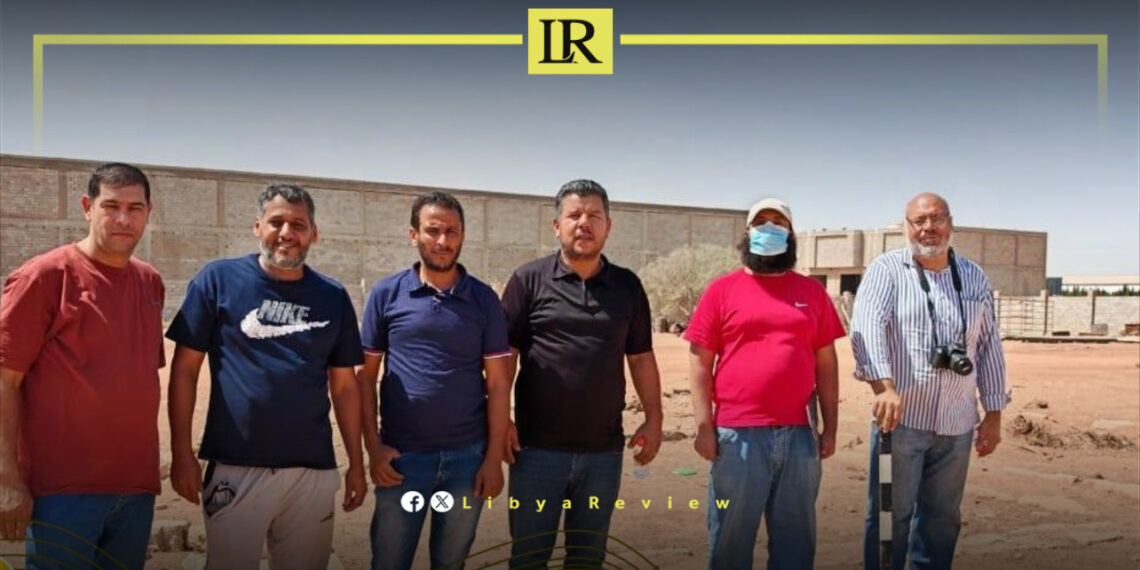A significant archaeological breakthrough has been made in Benghazi as experts uncovered three previously undocumented ancient sites, including a remarkably preserved underground Roman cistern.
The discovery came during the fourth phase of a long-term archaeological survey and assessment project led by the Benghazi Antiquities Office, aimed at documenting and protecting the city’s historical sites.
Launched last Wednesday, this new phase focuses on locating and officially registering neglected or unrecorded archaeological locations in Benghazi and its surrounding areas.
One of the standout discoveries was an extensive Roman-era cistern buried beneath the ground, a striking example of ancient Roman engineering and architectural mastery.
The cistern is characterized by a complex design featuring multiple interconnected chambers, supported by stone columns and vaulted ceilings that ensured the structural integrity of the underground reservoir.
These features reflect the sophisticated understanding Romans had of water storage and construction, particularly in arid climates like North Africa. The presence of such advanced hydraulic infrastructure suggests the area held strategic importance during the Roman period, possibly serving as a regional hub for water collection and distribution.
This find is expected to be added to Libya’s official archaeological registry, which enhances its legal protection and paves the way for future conservation efforts. Experts say it also contributes valuable data to the historical and architectural profile of the region, particularly concerning ancient water management systems.


